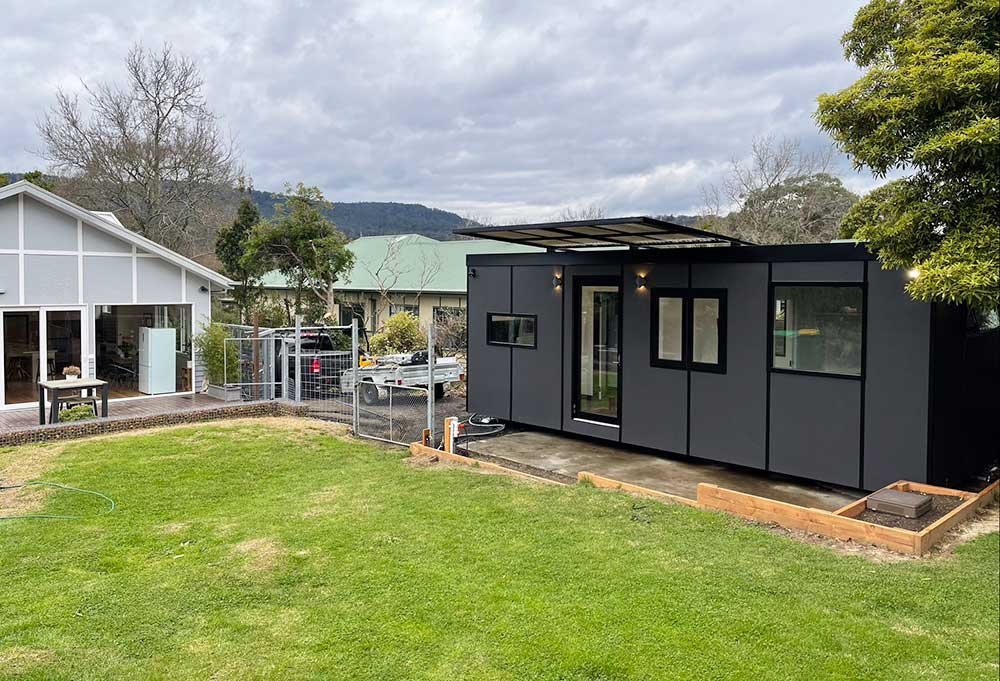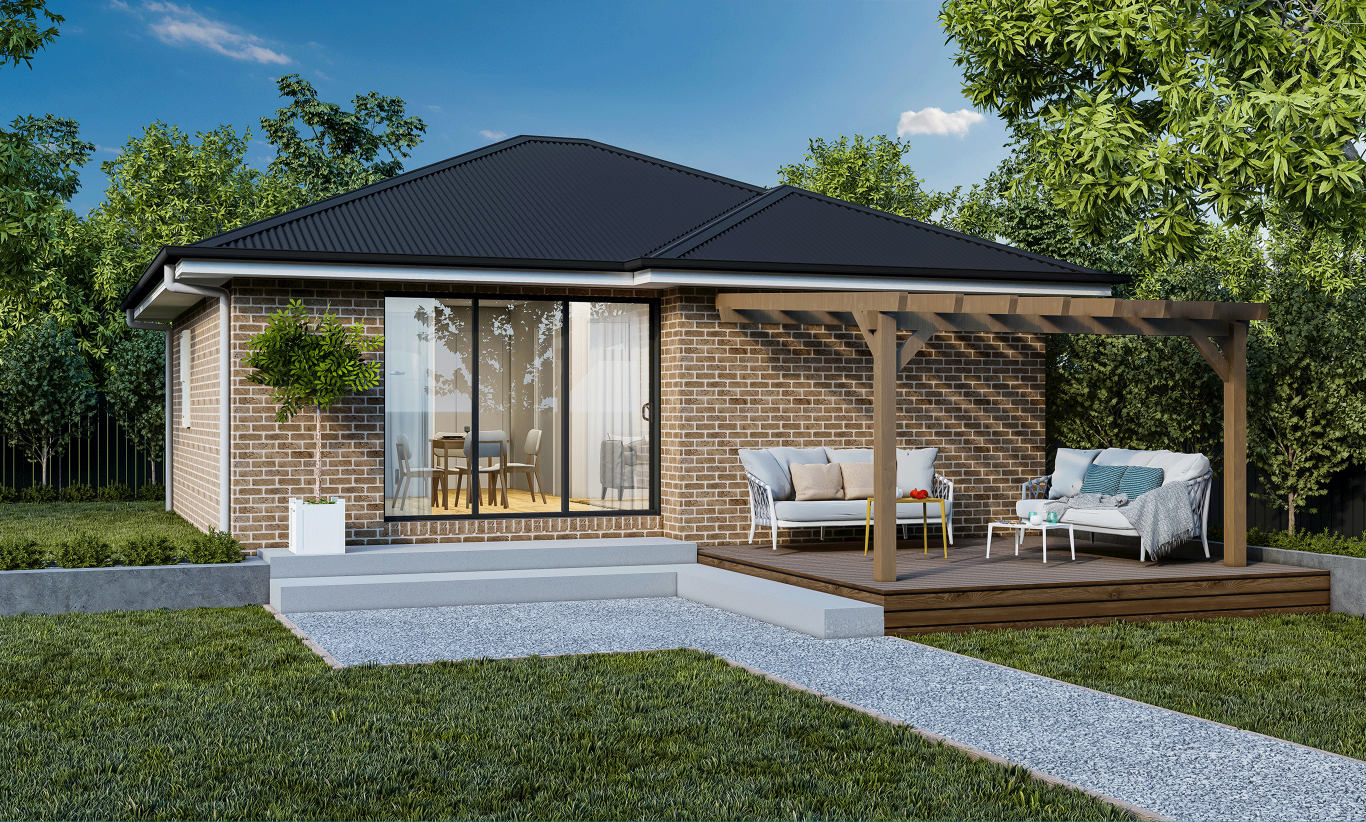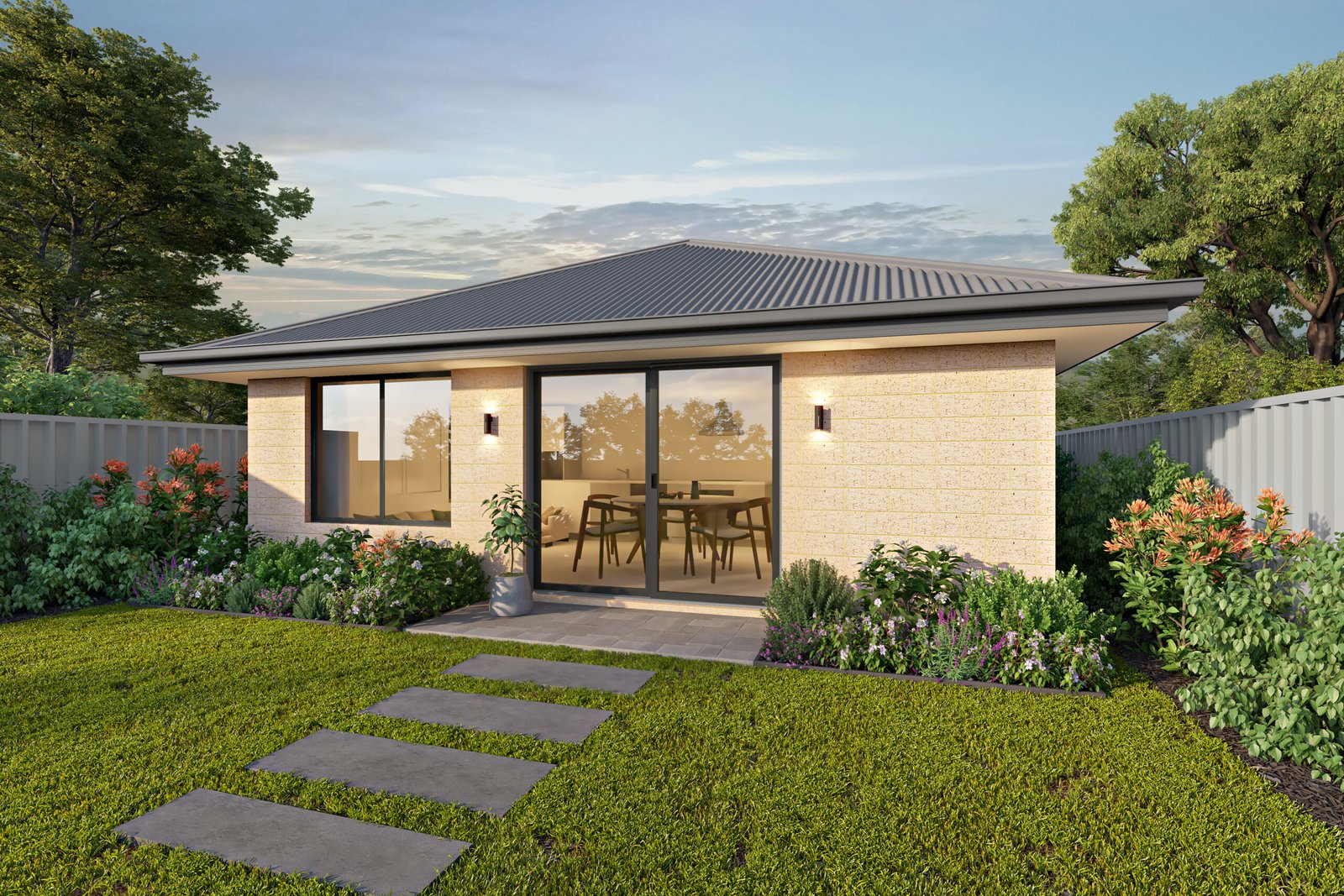Introduction
As property prices continue to rise and families seek more flexible living arrangements, the humble granny flat has become a popular solution across Australia. Also known as a secondary dwelling or backyard studio, a granny flat offers homeowners the opportunity to expand their usable space, increase rental income, or accommodate family members—all without the hassle of buying a new property.
In this comprehensive guide, we’ll cover everything you need to know about building a granny flat, from planning and design to construction, costs, legal requirements, and the benefits it brings.
1. What Is a Granny Flat?
A granny flat is a self-contained living unit located on the same lot as a primary residence. Typically built in the backyard, it can include a bedroom, bathroom, kitchen, and living space. The term comes from its original purpose: providing independent accommodation for aging parents or grandparents.
Common Uses Today:
-
Housing elderly family members
-
Creating a private home office or studio
-
Renting it out for extra income (long-term or short-term)
-
Giving teenagers or adult children a private space
-
Guest accommodation
2. Why Build a Granny Flat?
Building a granny flat can be a smart investment and lifestyle upgrade. Here are the top reasons why homeowners are choosing to build:
a. Extra Income
Granny flats can be rented out, creating a steady stream of passive income. In high-demand areas, this can significantly offset mortgage payments.
b. Multigenerational Living
Families are increasingly living together across generations. A granny flat offers independence while keeping loved ones close.
c. Increased Property Value
A well-designed granny flat adds considerable value to your property, making it more attractive to future buyers or investors.
d. Flexible Use
It can serve multiple purposes over time—from a home office to an Airbnb to guest accommodation—making it a highly adaptable asset.
3. Is Your Property Suitable?
Before building, it’s important to assess whether your property is eligible for a granny flat under local council or state planning laws. In New South Wales, for instance, complying development allows many homeowners to build a granny flat without council approval, provided they meet certain conditions.
Key Factors to Consider:
-
Minimum lot size (usually 450m²)
-
Zoning regulations
-
Available backyard space
-
Access for construction
-
Sewer and service connections
Consult with a licensed builder or architect familiar with local codes to confirm your property’s suitability.

4. Design Considerations
Designing a granny flat isn’t just about squeezing a structure into your backyard—it’s about creating a functional, beautiful, and comfortable space.
a. Layout and Floor Plan
Smart space planning is essential. Open-plan living, built-in storage, and multipurpose areas can make even a small space feel spacious.
b. Natural Light
Maximize windows, skylights, and glass doors to bring in light and create a feeling of openness.
c. Privacy
Ensure both the main house and the granny flat retain their privacy with fencing, landscaping, and thoughtful positioning.
d. Accessibility
For elderly residents, consider accessibility features like ramps, wide doorways, and walk-in showers.
e. Style
Your granny flat should complement the aesthetic of the main house—whether it’s modern, coastal, minimalist, or heritage.
5. Types of Granny Flats
Granny flats come in many shapes and sizes. The right option depends on your budget, timeline, and intended use.
a. Detached Granny Flats
A separate building in the backyard. Offers the most privacy and flexibility.
b. Attached Granny Flats
An extension of your existing home, with a separate entrance.
c. Garage Conversions
Convert an existing garage into a self-contained living space. A cost-effective option if structure permits.
d. Modular and Prefab Granny Flats
Built off-site and delivered to your property. Quicker and sometimes cheaper than traditional builds.

6. Cost Breakdown
The cost of building a granny flat in Australia varies depending on size, materials, and site conditions.
Average Costs (2025 estimate):
-
Basic prefab/unit: $80,000 – $120,000
-
Custom design build: $120,000 – $200,000+
-
Luxury/high-end build: $200,000 – $300,000+
Additional Costs to Consider:
-
Site preparation and excavation
-
Utility connections (water, electricity, sewer)
-
Council fees or private certifier
-
Landscaping and fencing
-
Driveway or private access path
While the upfront cost can be significant, many homeowners recoup the investment within a few years through rental income or increased property value.

7. Legal and Regulatory Requirements
Building a granny flat involves adhering to building codes, zoning laws, and development approvals. In Australia, regulations vary by state and territory.
General Requirements:
-
Minimum block size (usually 450m²)
-
One granny flat per lot
-
Maximum size (60m² in NSW; varies in other states)
-
Must be self-contained (own kitchen, bathroom, etc.)
-
Cannot be subdivided or sold separately
Work with a builder who understands local laws to ensure compliance.
8. Construction Process
Here’s a typical timeline and process for building a granny flat:
Step 1: Site Inspection & Consultation
The builder or designer assesses your land and discusses goals, budget, and design preferences.
Step 2: Design & Approval
Architectural plans are drawn up, and necessary permits are obtained through council or private certifier.
Step 3: Site Preparation
Clearing, leveling, and laying foundations.
Step 4: Construction
Framing, roofing, walls, interiors, and utilities are completed over 8–16 weeks (depending on size and complexity).
Step 5: Final Inspection & Handover
Once complete, the build is inspected and certified for occupancy.
9. Interior Design Tips
Make the most of your granny flat with thoughtful interior choices:
-
Neutral colour palettes for a clean, timeless look
-
Space-saving furniture like wall beds or fold-out tables
-
Multi-functional rooms that combine living/sleeping/dining
-
Vertical storage to maximize wall space
-
Smart lighting for ambiance and practicality
10. Renting Out Your Granny Flat
Turning your granny flat into a rental property can generate consistent income. Here’s what you need to know:
a. Rental Income Potential
In suburban areas, granny flats can fetch $300–$600/week, depending on location and amenities.
b. Long-Term vs Short-Term Rentals
-
Long-term: Stable income, lower management
-
Short-term (Airbnb): Higher returns, but more effort
c. Legal Obligations
Ensure it meets all safety standards, is registered as a rental, and that you comply with tenancy laws.
d. Tax Implications
Rental income is taxable, but you can also claim depreciation and expenses. Speak to an accountant for advice.
11. Common Mistakes to Avoid
-
Skipping planning approvals – Always confirm you have the right permits
-
Poor design choices – Small spaces need thoughtful design
-
Overcapitalizing – Don’t spend more than the potential return
-
Ignoring neighbours – Ensure your build doesn’t infringe on privacy or boundaries
-
Hiring unlicensed builders – Always choose qualified professionals
12. Choosing the Right Builder
Your choice of builder can make or break your granny flat project. Look for:
-
Experience in building granny flats
-
Clear, detailed quotes
-
Licenses and insurance
-
Positive client reviews
-
Transparency and communication
Ask to see previous projects or speak to past clients for peace of mind.
13. Sustainability and Energy Efficiency
Granny flats are a great opportunity to build green. Consider:
-
Solar panels
-
Energy-efficient windows and insulation
-
Rainwater tanks
-
Low-VOC paints and sustainable materials
-
LED lighting and smart home systems
Sustainable choices lower long-term running costs and reduce environmental impact.
14. Future-Proofing Your Investment
Think ahead when designing your granny flat. Trends and needs change, so consider:
-
Multi-use layout that can evolve
-
Durable, low-maintenance materials
-
Universal design principles for accessibility
-
Technology integrations for future smart home use
Conclusion
A granny flat is more than just a backyard addition—it’s a long-term investment in your lifestyle, your property, and your financial future. Whether you’re looking to accommodate family, work from home, or generate extra income, a well-built granny flat offers flexibility, comfort, and value.
With careful planning, the right builder, and a clear vision, your dream granny flat can become a reality.
Need help with your renovation project?
Contact our experienced team at Lsoul Kitchen Company for a free consultation, custom quote, or expert advice on where to begin.
Hotline: 04 6660 8608
Email: lsoulkitchen1100@gmail.com
Add: 11 Bentley St, Weatherill Park, Sydney, NSW, 2166





